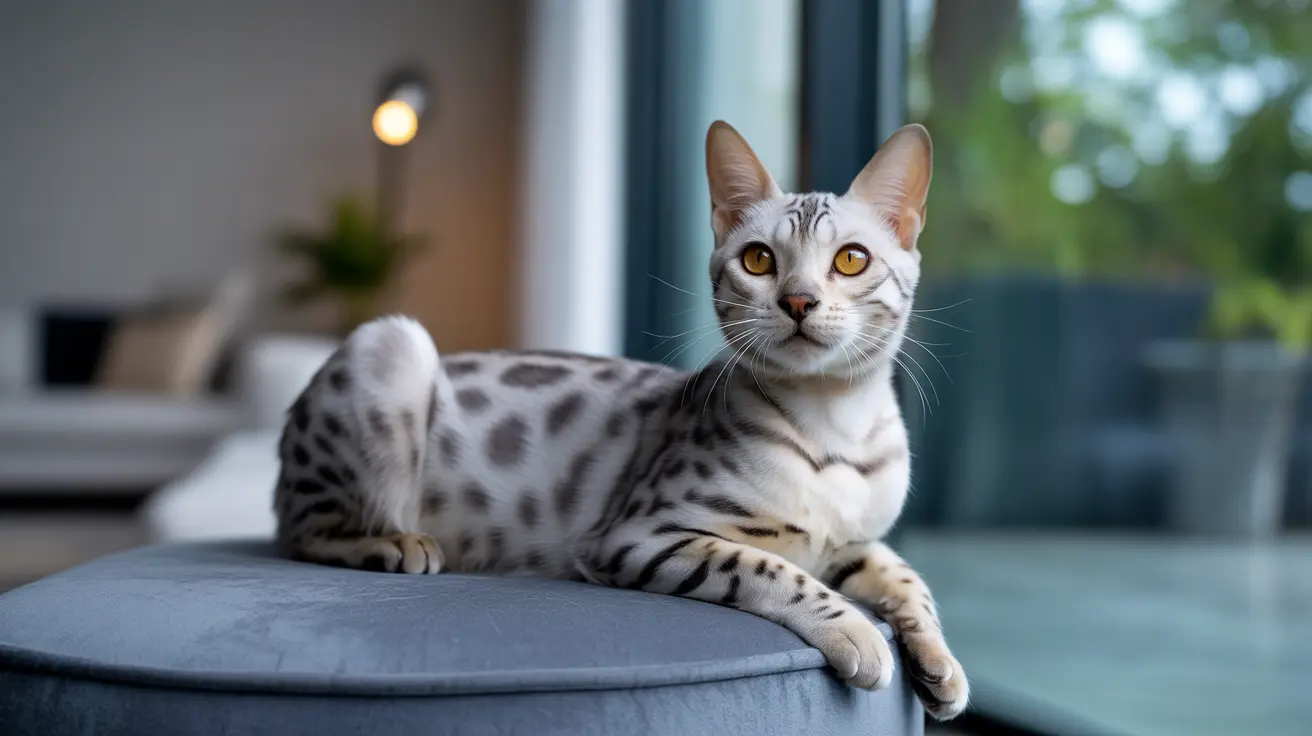Unlike dogs, cats rarely pant unless something is wrong. When a cat starts panting, it's often a signal that requires attention from their owner. While occasional panting after intense activity or in extreme heat might be normal, persistent or unexplained panting usually indicates an underlying issue that needs veterinary evaluation.
Understanding the difference between normal and concerning panting patterns can help cat owners make informed decisions about their pet's health. This comprehensive guide will explore the various causes of cat panting, warning signs to watch for, and when to seek immediate veterinary care.
Understanding Normal vs. Abnormal Cat Panting
Cats have different cooling mechanisms than dogs, primarily relying on finding cool spots and grooming to regulate their body temperature. Normal panting in cats is rare and typically only occurs in specific situations:
- After very strenuous play or exercise
- During extremely hot weather
- Following a stressful event
However, any panting that persists beyond a few minutes or occurs without an obvious cause should be considered abnormal and potentially concerning.
Common Causes of Cat Panting
Heat-Related Panting
When cats become overheated, they may pant as an emergency cooling mechanism. This can happen due to:
- Exposure to high temperatures
- Being trapped in a hot car or sunny room
- Excessive physical activity in warm weather
Stress and Anxiety
Cats may pant when experiencing significant stress or anxiety, such as during:
- Veterinary visits
- Car rides
- Moving to a new home
- Introduction of new pets
Medical Conditions That Cause Panting
Respiratory Issues
Various respiratory conditions can lead to panting, including:
- Asthma
- Upper respiratory infections
- Pneumonia
- Pleural effusion
Heart Problems
Cardiac issues often manifest through breathing difficulties and panting:
- Congestive heart failure
- Heart disease
- Heartworm infection
Other Medical Causes
Additional health issues that may cause panting include:
- Anemia
- Pain or injury
- Foreign body obstruction
- Neurological conditions
When to Seek Emergency Veterinary Care
Certain symptoms accompanying panting require immediate medical attention:
- Blue or pale gums
- Difficulty breathing or labored breathing
- Collapse or extreme weakness
- Excessive drooling
- Persistent coughing
Prevention and Management
While not all causes of panting can be prevented, several steps can help reduce its occurrence:
- Maintain a cool, comfortable environment
- Provide adequate ventilation
- Keep up with regular veterinary check-ups
- Monitor exercise intensity
- Minimize stressful situations
Frequently Asked Questions
Why do cats pant and what are the normal causes?
Cats normally pant in response to overheating, intense physical activity, or stress. However, unlike dogs, panting is not a common cooling mechanism for cats and should only be brief and occasional.
How can I tell if my cat's panting is a sign of a serious medical issue?
Panting that is persistent, occurs at rest, or is accompanied by other symptoms like lethargy, blue gums, or difficulty breathing indicates a potentially serious condition requiring immediate veterinary attention.
What should I do if my cat starts panting suddenly without any obvious reason?
If your cat begins panting without apparent cause, move them to a cool, quiet area and monitor them closely. If the panting doesn't resolve quickly or is accompanied by other concerning symptoms, contact your veterinarian immediately.
Can cats pant like dogs, and how do their breathing patterns differ?
While both species can pant, cats rarely do so compared to dogs. Dogs use panting as their primary cooling mechanism, while cats typically rely on other methods like finding cool spots and grooming to regulate body temperature.
How can I prevent heat stress in my cat to reduce panting during hot weather?
Prevent heat stress by providing access to air-conditioned spaces, plenty of fresh water, and shaded areas. Never leave cats in parked cars or enclosed spaces without proper ventilation, and limit outdoor activity during peak heat hours.






